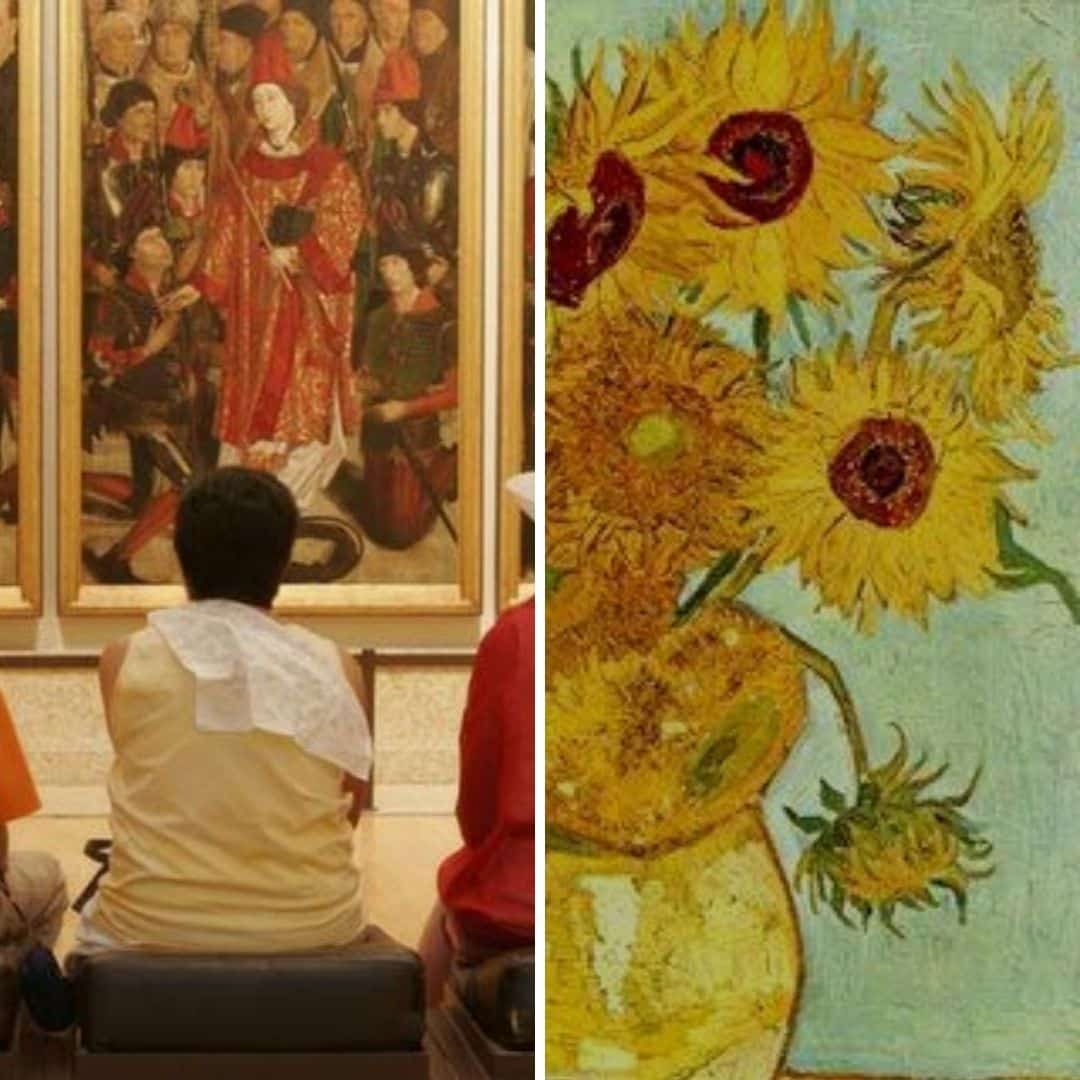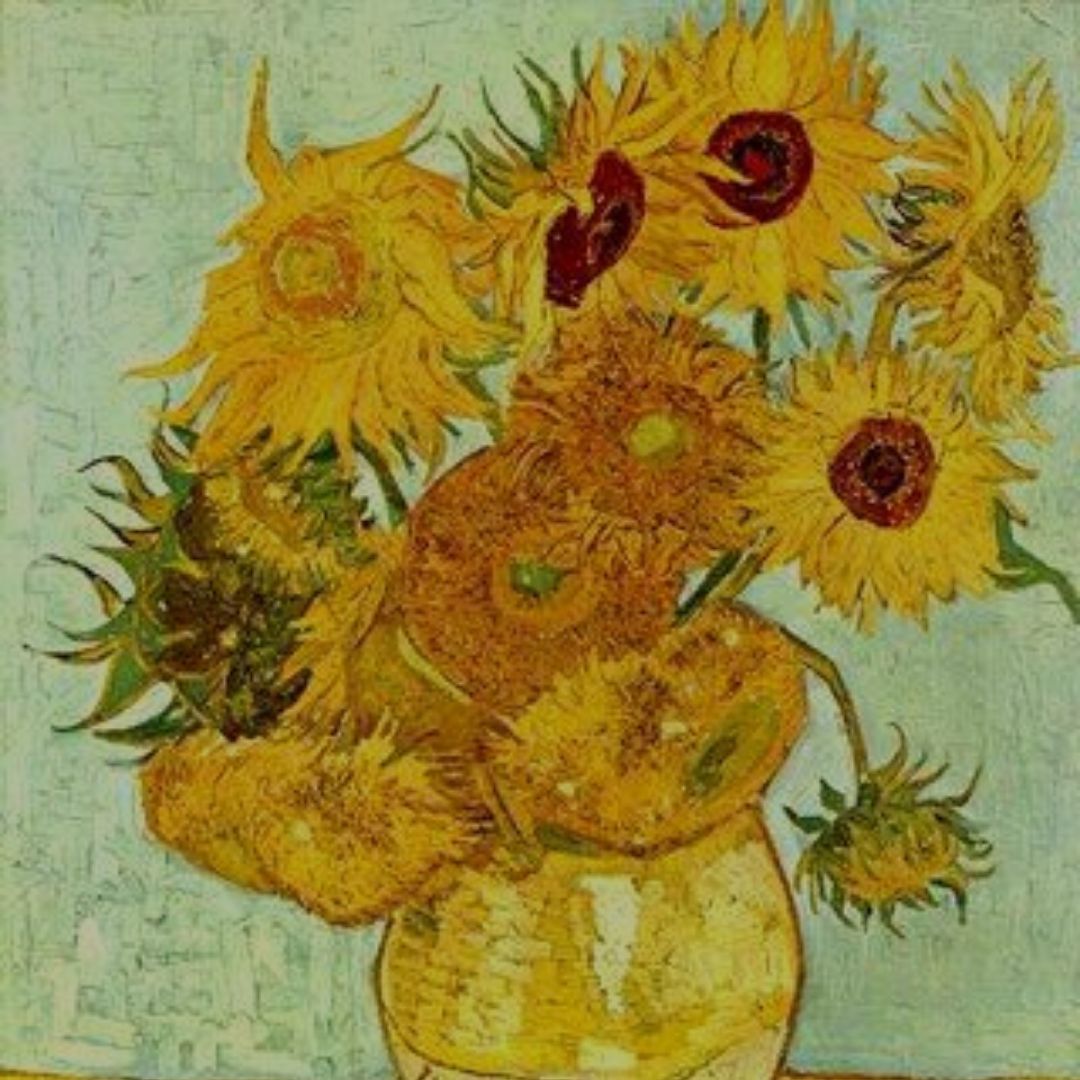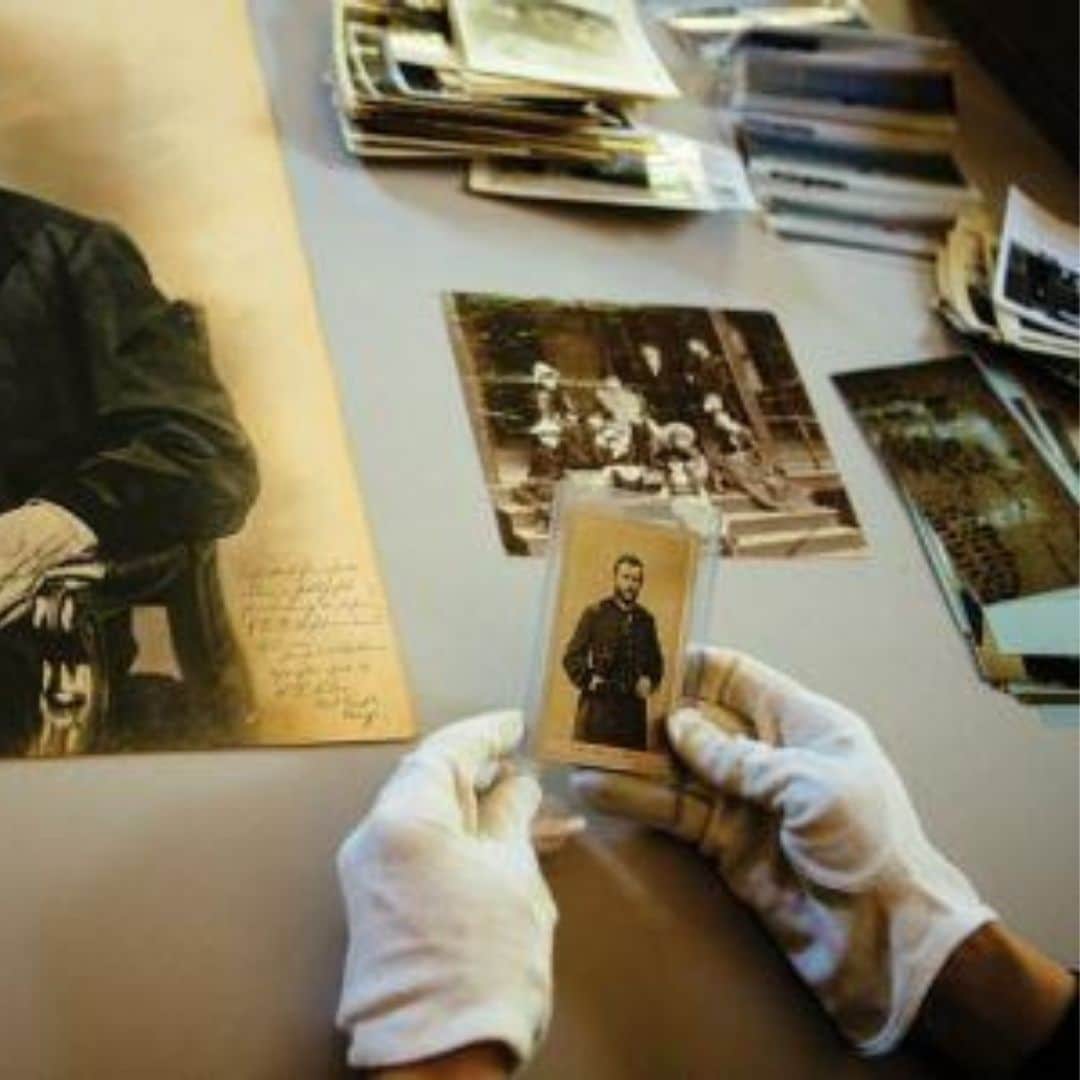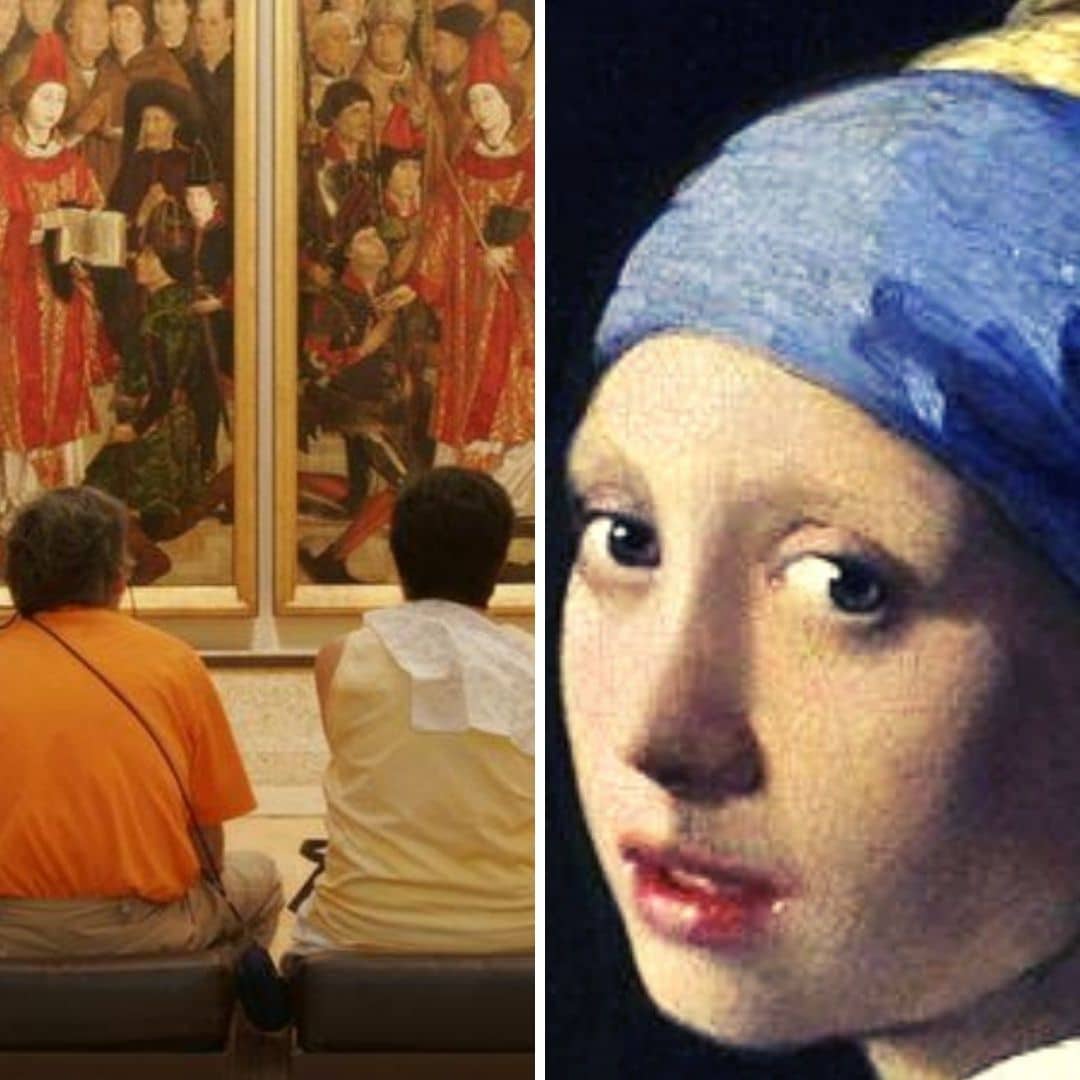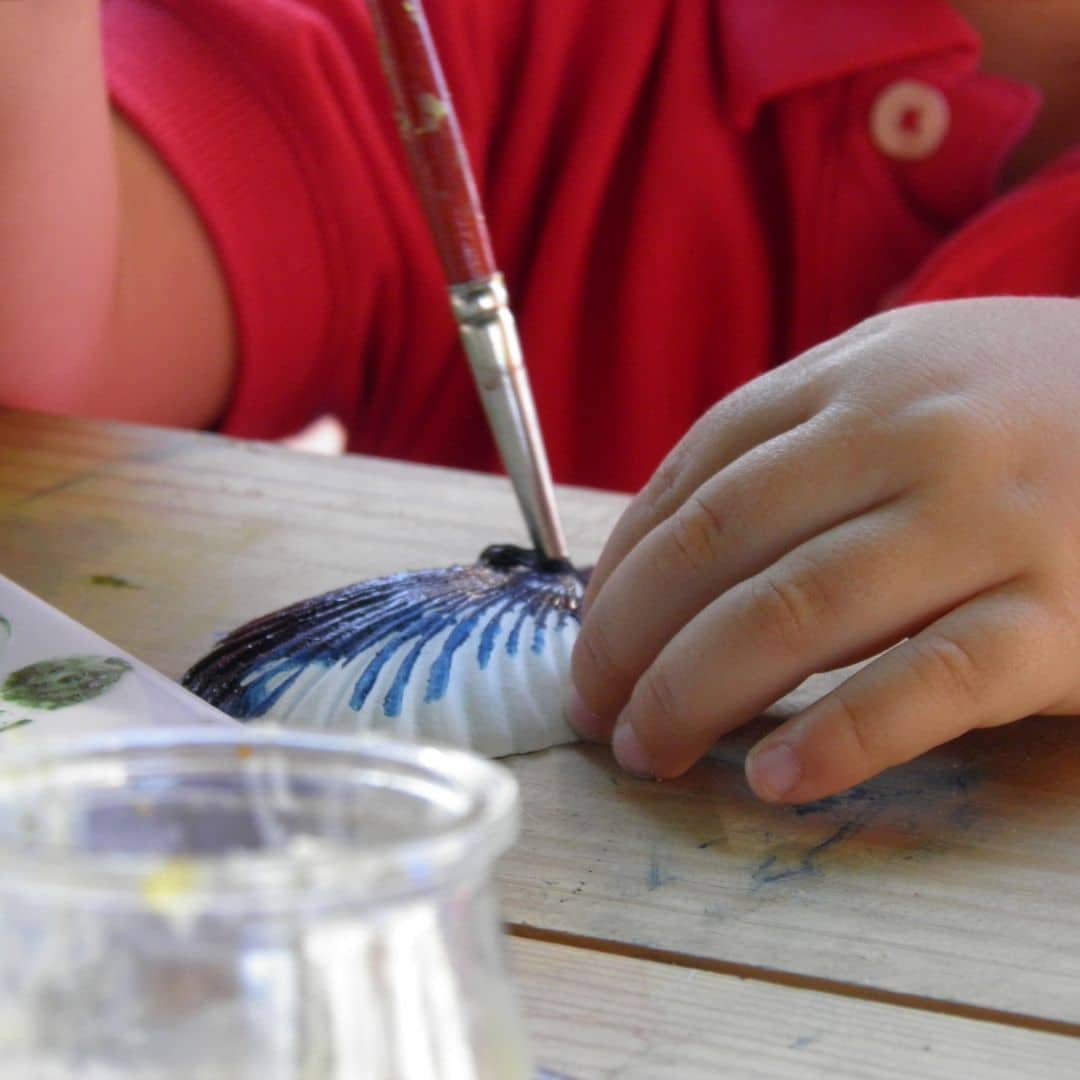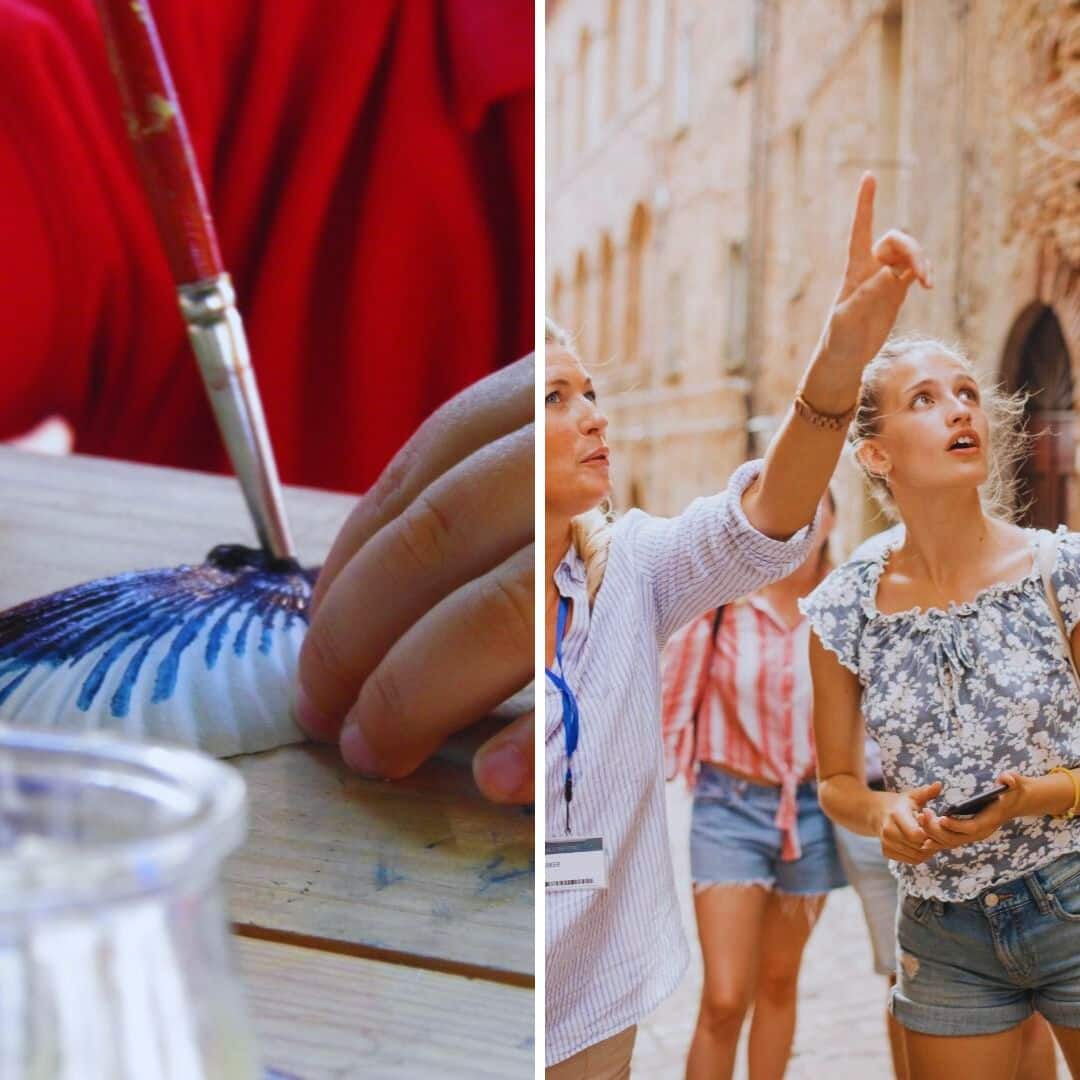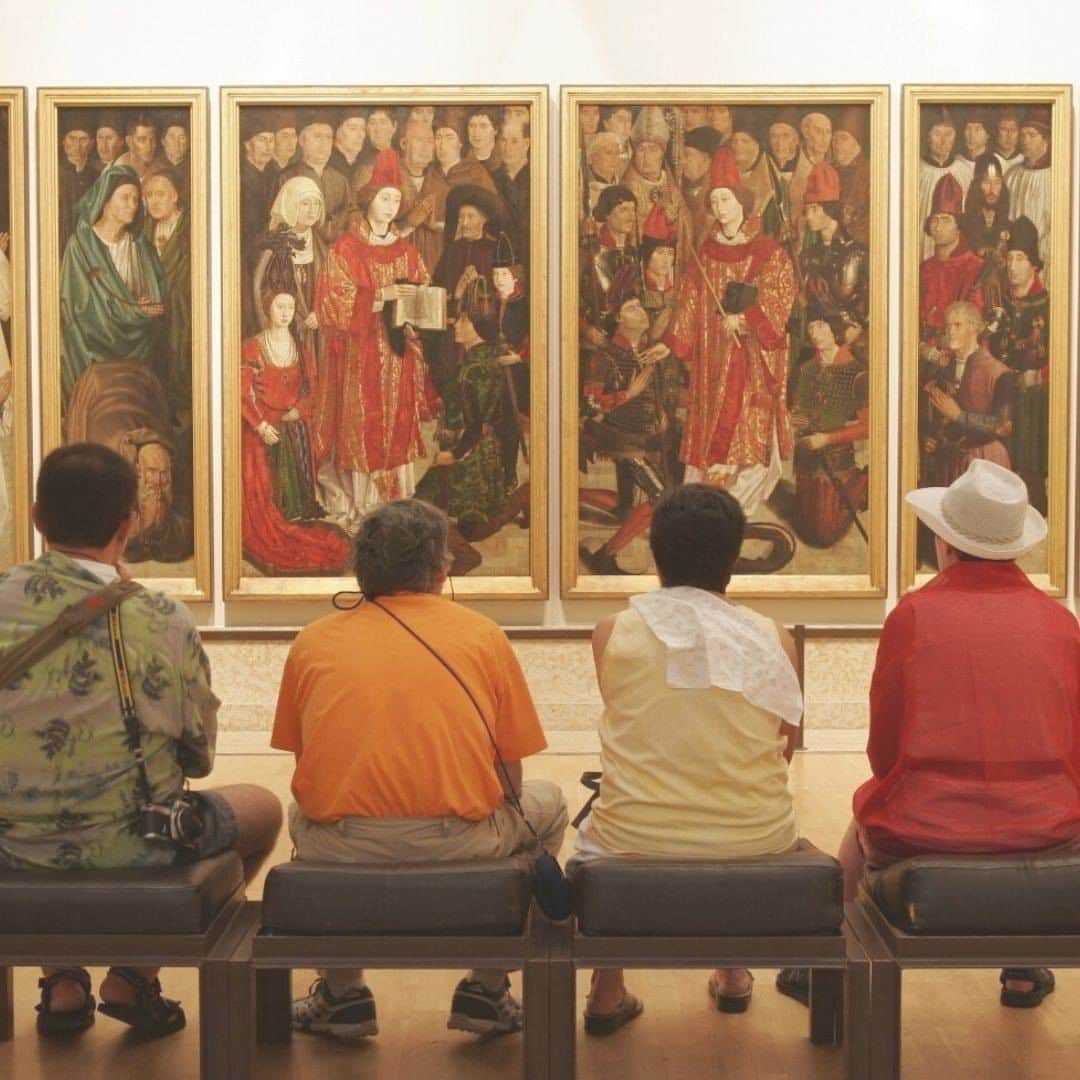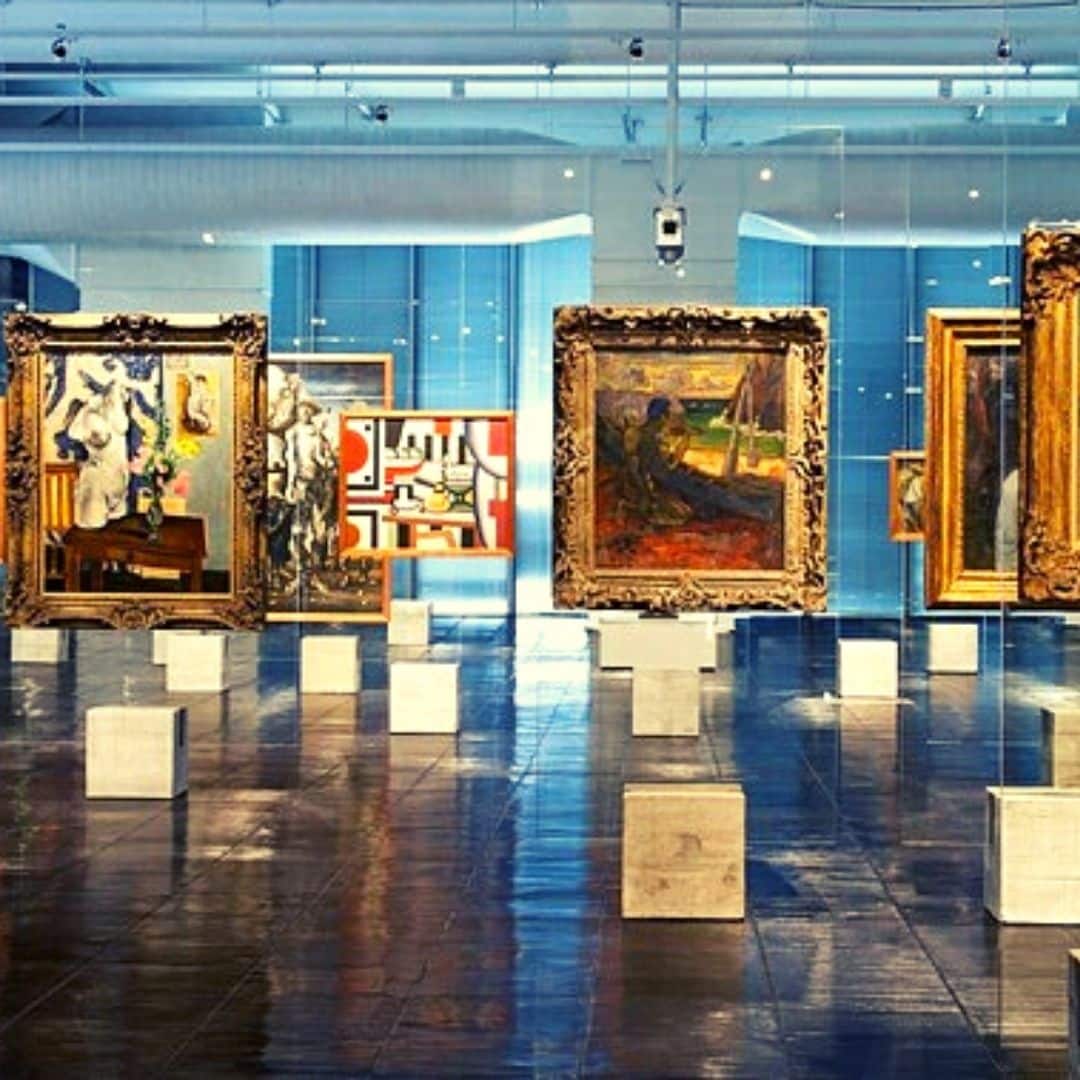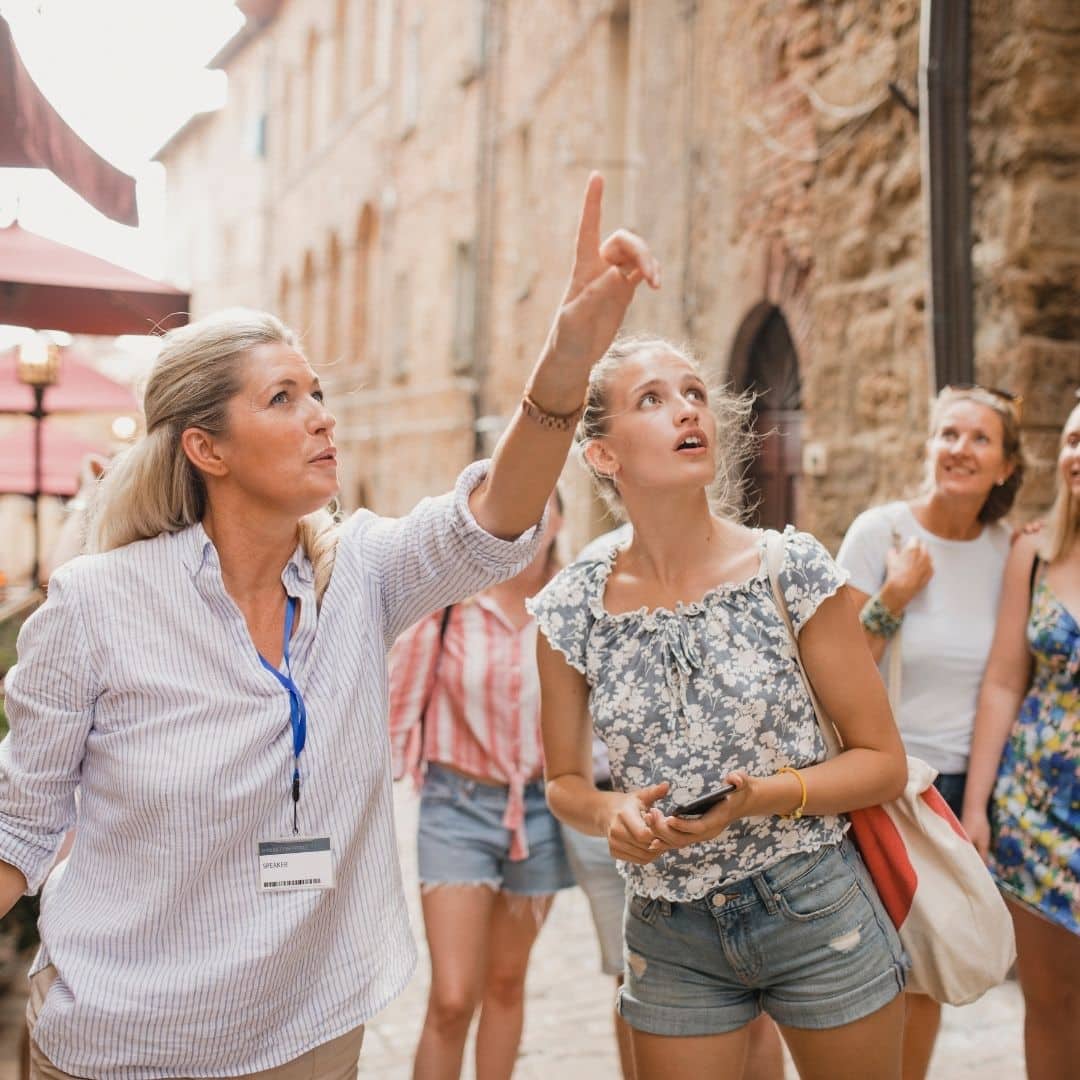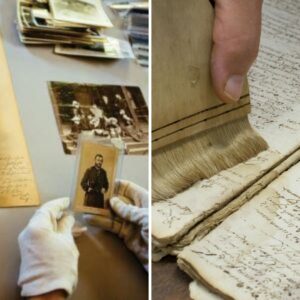In this article, we’re going to take a closer look at the concept of Cultural Mediation as a process for the enhancement and protection of Cultural Heritage.
Cultural Heritage and Cultural Mediation
Cultural Heritage
Cultural heritage is an instrument for building citizenship, promoting peace and developing identities. It strengthens social cohesion by fostering cooperation between sectors of activity and territories, preserving historical memory and boosting values, geared towards the common good and based on solidarity and tolerance, resulting in reciprocal and lasting relationships.
Dynamics of transmission and safeguarding through Cultural Mediation
However, the dynamics of its transmission and safeguarding have changed as a result of globalization, new economic priorities and the alienation resulting from industrial and technological progress.
This has also changed the notions of identity and memory, not always in a constructive sense.
It is necessary to refocus efforts and give communities back their cultural heritage through up-to-date, interdisciplinary interpretation and mediation strategies, responsible for creating and maintaining systems of relationships (networks) that motivate and ensure their transmission.
This text refers to one of the ways in which cultural heritage is communicated – cultural mediation
Cultural Mediation
We can define Cultural Mediation as a form of communication, a purposeful intervention by an agent between two points (Montepetit, 2011) from which a pedagogical communicational relationship is established.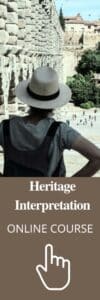
However, this Cultural Mediation definition is insufficient to grasp the significance of the link that is qualitatively established between the mediator of Cultural Heritage instruments (their fields of action and modes of articulation) and the public. We need to address and get to know those involved.
Cultural heritage | Concept, object of work and source of expectations
As a concept
Cultural heritage must be understood as encompassing two dimensions, including its material and immaterial expressions in an intrinsic and conciliatory way.
As a product
It must be authenticated and respected in its intrinsic renewal and negotiation, across all generations.
Above all, it is necessary to understand it as a process made up of a series of processes and, therefore, it cannot be defined and crystallized at a given moment, since cultural heritage is a social and cultural construction made up of products, practices and meanings over several generations, its construction being an active and dynamic process in time and space, dependent on additions and novelties (VARINE, 2012).
It is, therefore, a condition, an inheritance, material and immaterial, made up of a set of human references of a given society or community (SMITH, 2006).
Whatever the quadrant of Heritage and its geographical domain of management, it cannot survive over time without being interpreted/decoded and mediated.
Public. It is first Receiver and then Sender
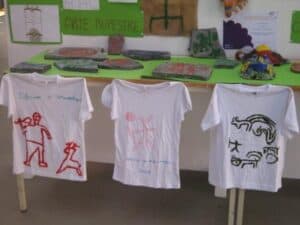
Rock art workshop for elementary school children
In quantitative terms, the public is a group of individuals or collectives (groups), irregular in volume, fixed or moving, with active or passive postures.
Qualitatively, it is a combination of behavioral patterns, shaped by their socio-cultural, economic and political environment, and with varying expectations of the object.
Even if, at a certain moment, this mix of singularities is predisposed to communing with a new cultural experience, it is essential that a prior study of its situation has produced an adaptation of strategies.
For example, it is necessary to take into account the age groups, the family connections between the individuals, the country of origin, possible motor or learning difficulties, the social group to which they belong, among other issues that contribute to productive mediation in the development of bonds and skills.
Concept of cultural heritage
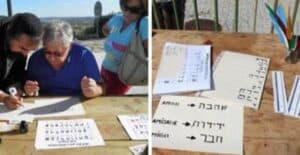
Hebrew calligraphy workshop at the Koscher market in Belmonte, Portugal. A town with a strong Jewish tradition and many traces of crypto-Judaism.
Heritage as a process
William de Souza and Giulia Crippa (2011) in “Heritage as a Process”, define the concept of Heritage through its etymology:”(…) the Latin words pater and monium, forming patrimonium. Pater means father, not only in the sense of physical paternity, but also socially and religiously, as something that is passed down and inherited from ancestors. Monium indicates condition, state, function. In this way, patrimony refers to goods that are passed down from generation to generation, whether it’s inherited wealth or acquired knowledge and customs. Despite being related to the idea of property, heritage is not just about what is material, but about everything that has remained over time between groups and generations.” (Souza, 2011: 249).
Collective Memory
Another author, Guilherme Martins (2011), adds the meaning of collective memory: “Heritage always represents something that corresponds to the cultural creation we received from the generations that preceded us. Hence, the dynamic concept of heritage forces us to link the creative element of culture to the transmission of an inheritance that gives meaning to memory, as something shared and lived by society and its citizens“. (Martins 2011, 31).
Concept – product – process
In short, cultural heritage is therefore a concept, a product and a process that differentiates
All the decisions made in favor of its use are made in the present, with short- and medium-term intentions.
Heritage and Identity
This selective process results in a form of identity, increasingly widespread with the arrival of Modernity, associated with nationalist sentiments – the way nations create means of identification with their population (SANTOS, 2002).
These means and strategies of identification will always be ideological and symbolic and therefore subject to transformation.
Behind this conception, many invented and re-invented traditions have emerged to bridge the gaps between rapid technological and urban evolution and the slow unfolding of past social identities, but also as a defense of their heritage (HOBSBAWM, 2002).
The instruments of cultural mediation
The resources or instruments of heritage cultural mediation can be material (movable, immovable or local objects), immaterial (traditions, ways of life, knowledge, living cultures) and, on a symbolic level, the concept of heritage itself (ESPERANÇA, 1997).
Cultural Mediation
The mediator. The communicator
He is the element that brings two actors together in the field where they converge. Their role is that of a pedagogical communicator: captivating and keeping the audience’s attention, converting the context of the object into accessible information, defining rules and limits, listening to questions, formulating answers, creating bonds.
To be successful in the Cultural Mediation they must have training in communication, animation and interpretation, an appropriate professional profile and frequently undertake research into their audience (because of their constantly changing interests and tendencies).

Guided tour of the Route of the Romanesque, Portugal
Professional training
Ana Pagarim Nunes’ (2015) thesis on the training of professionals in this area alerts us to the naturalness of the gaps present in the subject and in the professional profile, as it is an area in development.
“Animator”, “monitor”, “visitor guide”: so many different names for those who perform the same functions. This is because the field is relatively new and has structural gaps, despite the growing demand for its services. We are now at the stage of professionalizing the sector.” (Nunes 2015, 55).
In her proposal for Training Cultural Mediation and Education Professionals, Ana Pagarim Nunes sets out the first guidelines for the mediator’s professional profile, the requirements for their training and the pedagogical tools they should have at their disposal.

